Is Ageing Inevitable?
Ageing is characterized by a decline of many cellular and organismal functions. It is also tightly associated with a number of diseases, including Alzheimer’s, Parkinson’s, type-2 diabetes, several devastating neuropathies and many other illnesses. The more than 30-years rise in life expectancy (lifespan) at birth seen over the past hundred years mainly reflects improvements in child mortality as well as better medicine and health care, allowing most people in developed nations to reach an advanced age. This ageing of our society coincides with a dramatic increase in chronic illnesses, resulting in a healthspan (i.e. the life expectancy with good health) which is on average ten years shorter than the lifespan. This greatly affects the quality of life of the elderly and has also become a major economic burden.
For the first time in history, the last two decades have seen remarkable scientific breakthroughs in understanding the fundamental mechanisms of ageing. Ageing is no longer considered inevitable but is gradually being seen as a disease, potentially curable. In some cases, these exciting developments have shown spectacular improvements in small mammals not only of the healthspan, but also of the lifespan of up to 50%. First clinical trials on humans are paving the way for unprecedented therapeutic strategies to combat ageing. This is a paradigm shift from curing diagnosed age-related illnesses, as currently practiced by the downstream pharmaceutical industry, to longevity medicine, which deals with the upstream root causes of these diseases.

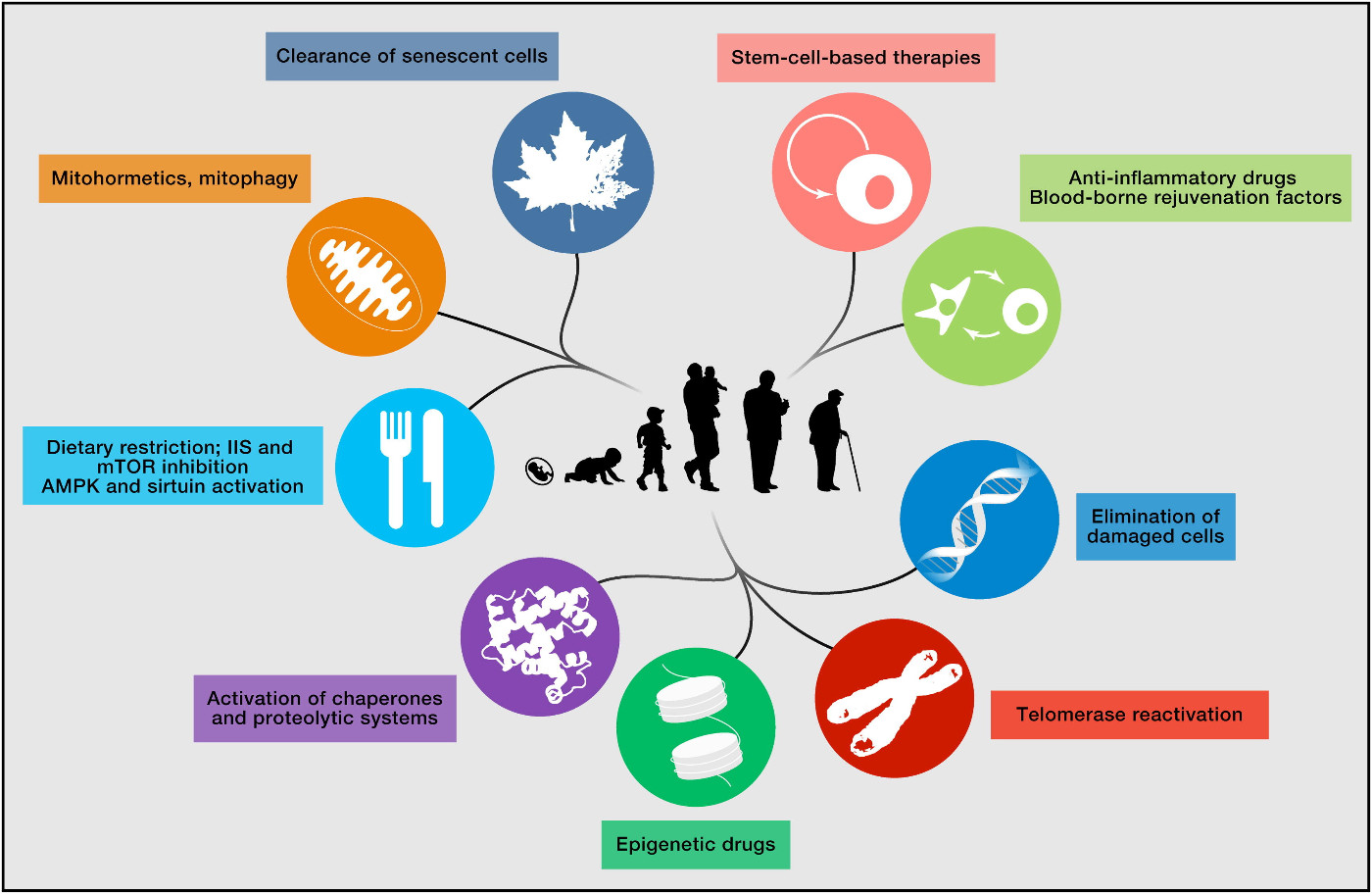
Accelerating Discovery in Human Longevity
The pioneering advances in longevity (healthspan and lifespan) over the recent years have triggered major interest from public and private institutions. The announcement by Google in 2013 of its new venture Calico (California Life Company), with very substantial resources, began the first ever pursuit of longevity on an industrial scale. These developments serve as a battle flag and rallying cry for scientists, investors, entrepreneurs, top tier media, government officials and enthusiasts from among the public, all of which provided a rapid growth of resources available to the newly ignited industry.
Most of the top longevity players, whether companies, investors or science hubs are American entities with, as a result, very few longevity drugs in development outside the US. However, there is considerable expertise spread across Europe, with the potential to make a commensurate contribution to the existing global efforts in this new field. Given the imperative need to reduce the suffering caused by ageing, it is now a moral duty towards our seniors and an act of solidarity with the mainly American efforts to accelerate the worldwide discovery of new treatments by federating this scattered know-how. It is also of global strategic importance, given the enormous industrial benefits that will result from what is unanimously seen as the greatest industrial opportunity of the century.
CERL (Centre Européen de Recherche en Longévité) is a Swiss-born, audacious Eurocentric initiative to ensure that Europe too brings its contribution to this new field of longevity medicine. Adding life to our years is the core purpose of CERL, with the very pleasant side-effect of extending not only our healthspan but also our lifespan, adding years to our life. It has the potential of a disruptive impact on humanity.
Roadmap
Strategy: CERL is resident at the EPFL (ETH) Innovation Park in Lausanne, Switzerland. It is the first pan-European hub dedicated to longevity medicine and its core mission is to make a decisive impact on global efforts in healthspan medicine by elucidating the key mechanisms of ageing and developing appropriate therapeutic treatments based not on symptomatic observations of age-related diseases, but rather on their root causes.
Business Potentials: The emerging longevity industry is expected to become a rapidly growing multi-billion opportunity and CERL will benefit from this through spin-offs, licencing, industrial partnerships, and grants. CERL will also become the nucleus of a pioneering longevity biopharma (LBP) enterprise, as the next generation of pharma companies with a transformational approach to address upstream root causes of ageing rather than downstream symptoms as in the conventional pharma. A novel hybrid model combining the benefits of philanthropy and impact investment that allows contributors to have an upside from the inventions coming out of CERL’s labs.
Swiss-Launchpad: Switzerland ranks among the top five countries in longevity, thanks to its exceptional educational system, with some of the best continental universities like ETHZ & EPFL. It is an Eldorado for Life Sciences on the Arc Lémanique & Arc BS-ZH and enjoys a strong pharma- and nutraceutical industry.
Scientific Council: The eminent members of its Scientific Council ensure the scientific credibility of the CERL initiative. Currently, it is composed of Prof. Dr med. mult. h.c. Adriano Aguzzi at the University Hospital Zurich (USZ), Prof. Dr med. Johan Auwerx at EPFL and Prof. Dr Karsten Weis at ETHZ. They are internationally recognized leading figures in their respective fields of the hallmarks of ageing.
Master Plan: CERL and LBP are intertwined aspects of this project to offer both a scientific and an industrial component. The CERL framework unfolds in three intricately designed phases to allow a modular and gradual deployment strategy, while the industrial component, Longevity BioPharma (LBP), can be triggered at virtually any time. A holistic approach that tackles every hallmark of ageing positions this endeavour at the forefront of healthspan medicine. The combination of CERL and LBP not only lays the foundation for impactful therapeutic interventions in ageing, but also opens up a myriad of business prospects, marking a paradigm shift in the landscape for the eradication of age-related diseases.
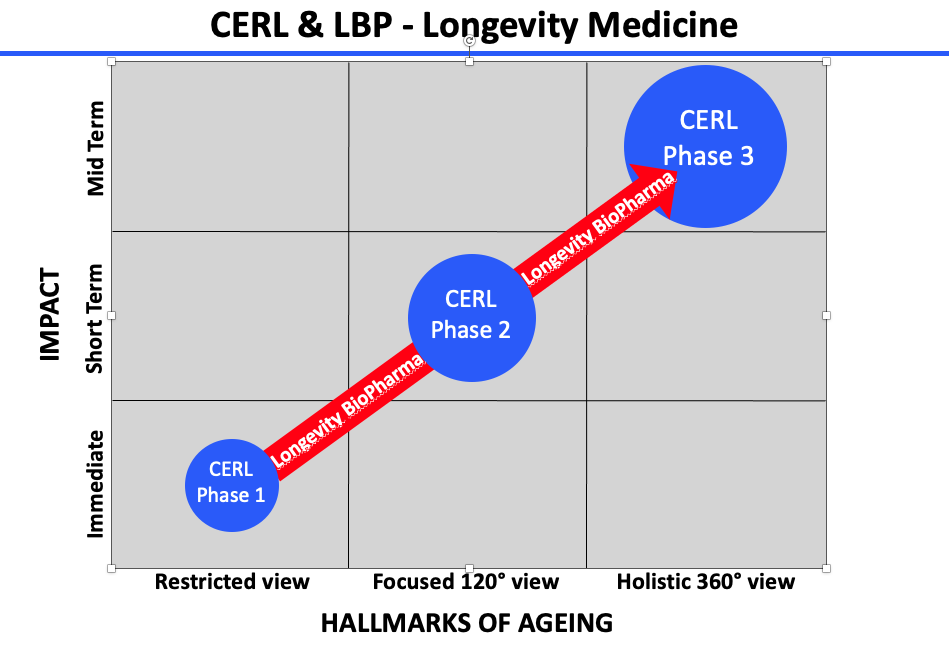
HALLMARKS OF AGEING
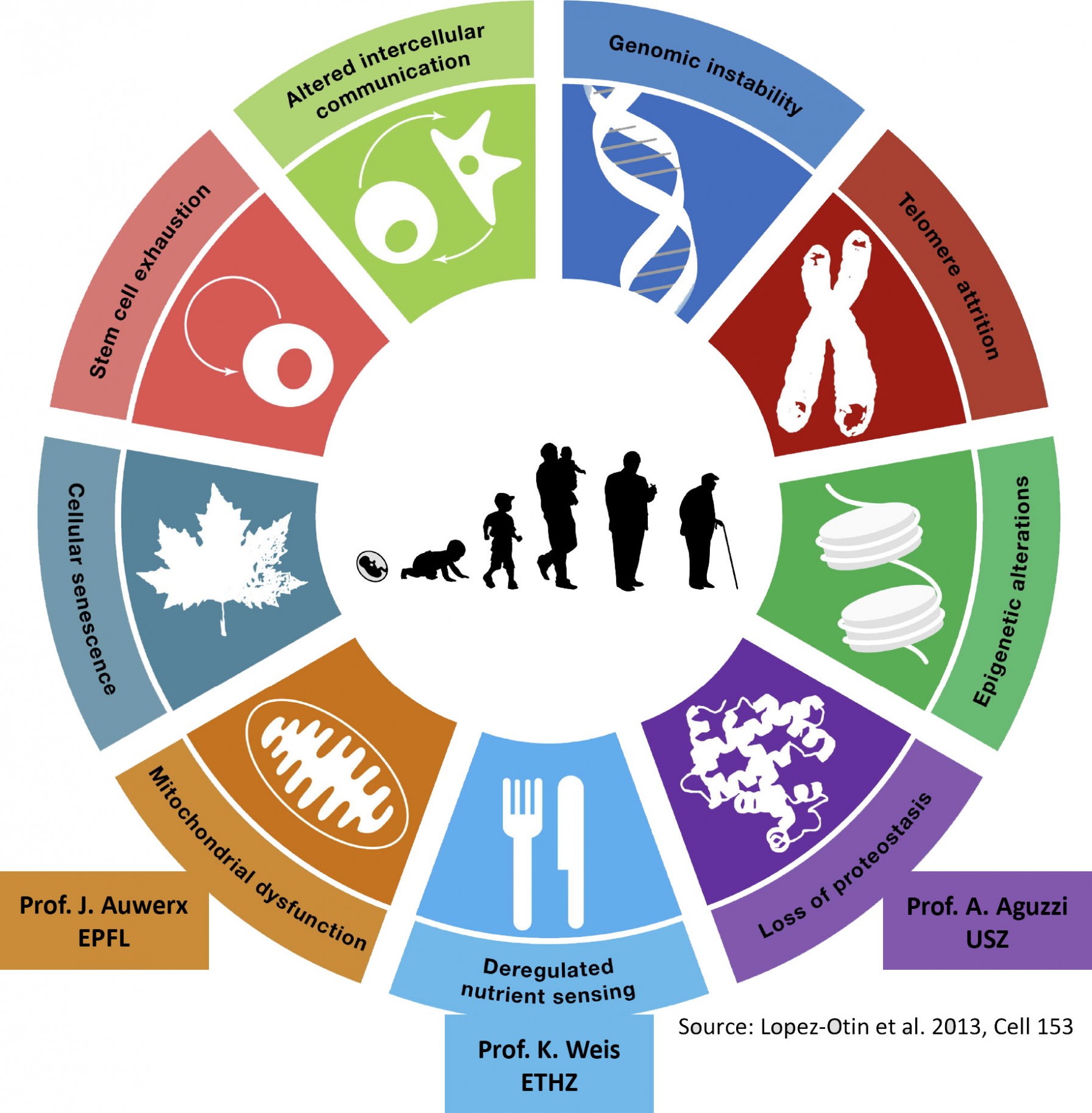
SCIENTIFIC COUNCIL

Prof. Dr med. mult. h.c. Adriano Aguzzi
Director of the Institute of Neuropathology at the University Hospital in Zurich (USZ), Switzerland. Recipient of half a dozen prestigious awards. Author of more than 500 publications, cited up to 55’000 times, for his research on prions related to BSE and CJD diseases. Learn more | Publications | wikipedia | Video
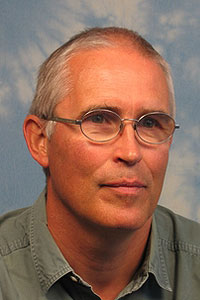
Prof. Dr med. Johan Auwerx
Professor and Director of the Laboratory of Integrated and Systems Physiology at the Ecole Polytechnique Fédérale de Lausanne (EPFL), Switzerland. Recipient of a dozen international awards and editorial board member of several leading scientific journals. Learn more | Publications | wikipedia | Video
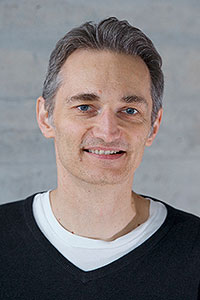
Prof. Dr Karsten Weis
Professor at the Institute of Biochemistry of the Eidgenössische Technische Hochschule Zurich (ETHZ), Switzerland. Previously Professor at UC Berkeley for 15 years. His research focus is on the impact of nutrition on cell deregulation and cell ageing. Learn more | Publications
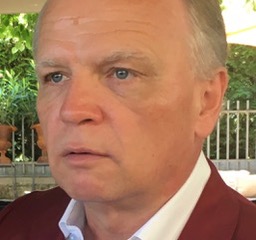
Dr Emile C. Sutcliffe
Founder
CERL
EPFL Innovation Park | Bâtiment C
CH-1015 Lausanne | Suisse
emile@CERL-LONGEVITE.ORG